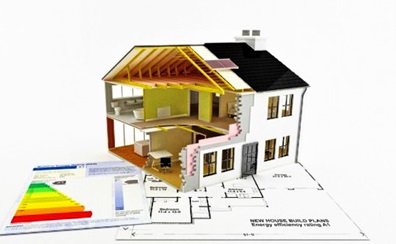Energy management services in AsiaWatt company building
Carrying out optimization measures in buildings with the aim of reducing energy consumption (fuel, electricity, water), reducing the costs paid by people for energy consumption, creating favorable building temperature conditions due to the increase in the quality of building construction and reducing environmental pollution caused by consumption. Fossil fuels are used. Therefore, in order to achieve the above objectives, AsiaWatt Engineering Company has provided energy services in various fields related to the building.

